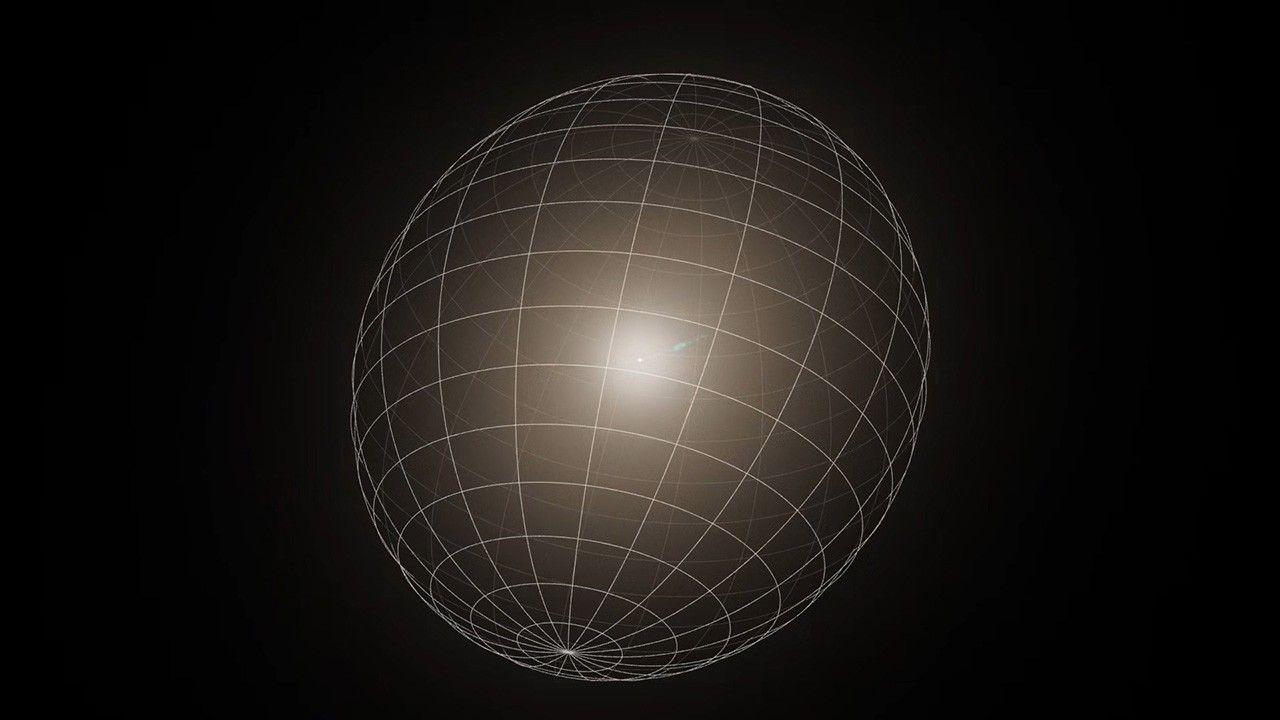1 min read
Hubble Image and 3D Model of M87

A photo of the huge elliptical galaxy M87 [left] is compared to its three-dimensional shape as gleaned from meticulous observations made with the Hubble and Keck telescopes [right]. Because the galaxy is too far away for astronomers to employ stereoscopic vision, they instead followed the motion of stars around the center of M87, like bees around a hive. This created a three-dimensional view of how stars are distributed within the galaxy.
- Release DateApril 13, 2023
- Science ReleaseGiant Galaxy Seen in 3D by NASA’s Hubble Space Telescope and Keck Observatory
- CreditChung-Pei Ma (UC Berkeley); Illustration: NASA, ESA, Joseph Olmsted (STScI), Frank Summers (STScI)
Related Images & Videos
Share
Details
Last Updated
Aug 17, 2025
Contact
Media
Claire Andreoli
NASA’s Goddard Space Flight Center
Greenbelt, Maryland
claire.andreoli@nasa.gov
































